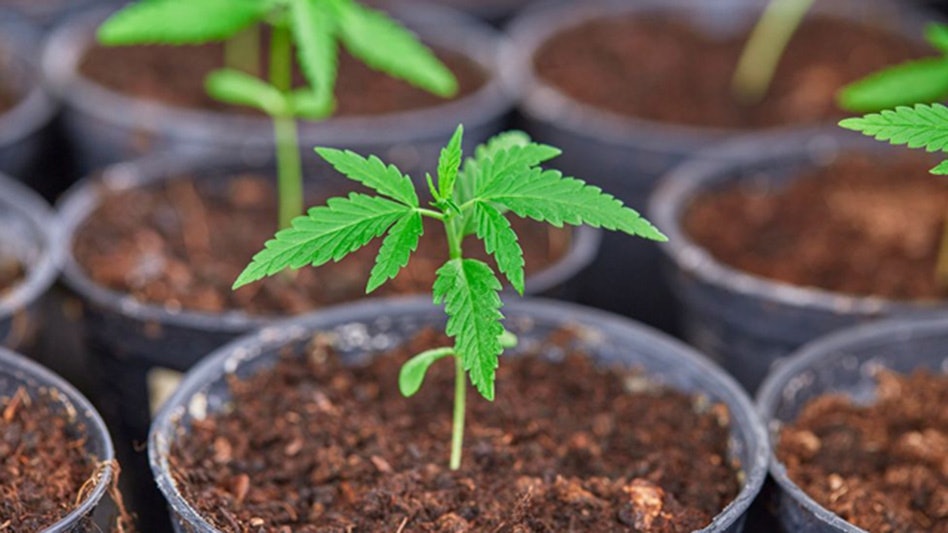Highlights;
- Inventory costing in the cannabis industry is complex and financially impactful.
- Costs accumulate from cultivation stages (clone, veg, flower), but many fail to track expenses like labor and overhead.
- Proper inventory valuation and tracking are critical for tax compliance and financial accuracy.
- Accurate costing supports tax strategy, operational efficiency, and informed decision-making.
Inventory costing remains a highly misunderstood yet financially critical aspect of the cannabis industry, particularly for cultivators. The process begins in the soil, with costs accumulating long before harvest. However, many cultivators fail to track expenses such as nutrients, labor, and overhead as plants progress through stages like cloning, vegetation, and flowering.
A common challenge for operators and cultivators is the lack of a clear methodology for converting cultivation costs into finished goods. Additionally, many cultivators do not recognize that live plants in various production stages should be treated as raw material inventory until they are harvested.
Under general accounting principles, inventory is initially valued at acquisition or production costs. These costs include purchase price, conversion costs (the cost to transform raw materials into finished products), and other expenses incurred to prepare inventory for sale. Production costs, such as depreciation of manufacturing equipment, factory utilities, facility maintenance, production supervision, quality control, and indirect labor, are also capitalized if they are directly related to the production process.
Delaying the recognition of inventory throughout the grow cycle until drying or packaging can lead to understated inventory balances, incomplete balance sheets, and inaccurate cost of goods sold (COGS). This is a significant issue. Without proper accounting for inventory at each production stage, businesses risk missing key tax deductions under Internal Revenue Code Section 280E and may distort asset valuations, which can impact financial reporting, investor confidence, and compliance.
In a high-cash, low-banking environment, these challenges are further complicated. Inventory purchases are a major expense for retailers, making it crucial to have robust data tools to analyze sales trends and product mix. Cannabis businesses must also comply with strict IRS and state-level recordkeeping requirements while navigating the limitations of Section 280E. Missteps in inventory classification and valuation can reduce operational visibility, increase compliance risks, and hinder strategic decision-making.
Investing in accurate costing and analytical tools can reduce risks, enhance tax strategies, and support better-informed business decisions.
Why Is Proper Inventory Costing Crucial for Tax Compliance and Outcomes?
Inventory costing is essential for improving tax outcomes and operational efficiency. Under Section 280E, cannabis operators face limited deductions, making accurate cost allocation one of the few effective strategies to reduce taxable income. Tracking all allowable costs tied to cultivation, processing, and packaging is crucial—and often underutilized.
To address this, operators can categorize work-in-progress (WIP) inventory based on plant maturity—such as cloning, vegetative, and flowering stages—with increasing value assigned as the plants progress. This staged approach helps quantify production costs and provides documentation needed for tax filings. Operators who understand their true cost per unit are better equipped to set prices, protect margins, and respond to market changes. Relying on estimates or outdated assumptions often results in distorted financials and reduced profitability.
GAAP Compliance and Market Fluctuations: The Importance of Monitoring Pricing Trends
Another layer of complexity comes from inventory valuation rules under Generally Accepted Accounting Principles (GAAP), specifically Accounting Standards Codification (ASC) 330. This standard requires inventory to be stated at the lower of cost or net realizable value (LCNRV). This rule is particularly relevant in a price-sensitive, rapidly evolving market. When market prices drop below production costs, businesses must write down inventory to reflect the lower net realizable value.
These write-downs ensure accurate inventory valuations and proper matching of COGS on the income statement. However, GAAP prohibits reversals of previous write-downs, even if market conditions improve later for inventory held longer-term. Cannabis operators must closely monitor pricing trends and market fluctuations to make timely adjustments, ensuring accurate financial reporting and tax deductions.
Planning for Inventory Valuation During an Exit
As cannabis operators plan for growth or transition, it is crucial to consider how future exit strategies will impact inventory valuation. Whether the goal is to sell assets or shares, the structure of the transaction carries significant tax implications, particularly regarding how inventory is valued and treated. Early planning can help mitigate risks, align valuation methods with the intended approach, and avoid surprises during due diligence.
Even for operators not actively pursuing a sale, understanding how inventory is treated in various exit structures can inform smarter recordkeeping and valuation strategies. The choice between an asset sale and a stock sale influences how inventory is reported, taxed, and valued, potentially affecting long-term planning, financing, or restructuring.
Inventory Costing Strengthens Operations and Strategy
Accurate inventory costing goes beyond compliance; it provides cannabis operators with insights to make informed decisions about pricing, production, and resource allocation. Understanding the cost per gram, pound, or unit helps avoid underpricing and protects margins—critical factors in an industry with narrow deductibility windows and ongoing regulatory oversight.
Regularly evaluating the cost structure prepares operators to adapt to market demand shifts, scale operations responsibly, and plan capital investments more precisely. Effective inventory management also builds a reliable foundation for financial reporting, internal controls, and external audits.
Rather than viewing inventory costing as a routine task, cannabis businesses benefit from treating it as a strategic discipline. When approached thoughtfully, it becomes a tool for maintaining tax compliance, improving operational efficiency, and supporting long-term growth.
Janice O’Reilly, CPA, CGMA, is a leader in AAFCPAs’ Cannabis practice and its CannCount data intelligence advisory services. She provides financial leadership and strategic guidance to cannabis operators at every growth stage, with extensive experience in improving cash flow management and profitability tailored to the cannabis industry’s unique challenges. Additionally, O’Reilly plays a key role in the firm’s Business Transaction Advisory practice, helping clients navigate buy-side, sell-side, and internal transactions with informed decision-making and execution throughout the deal cycle.


